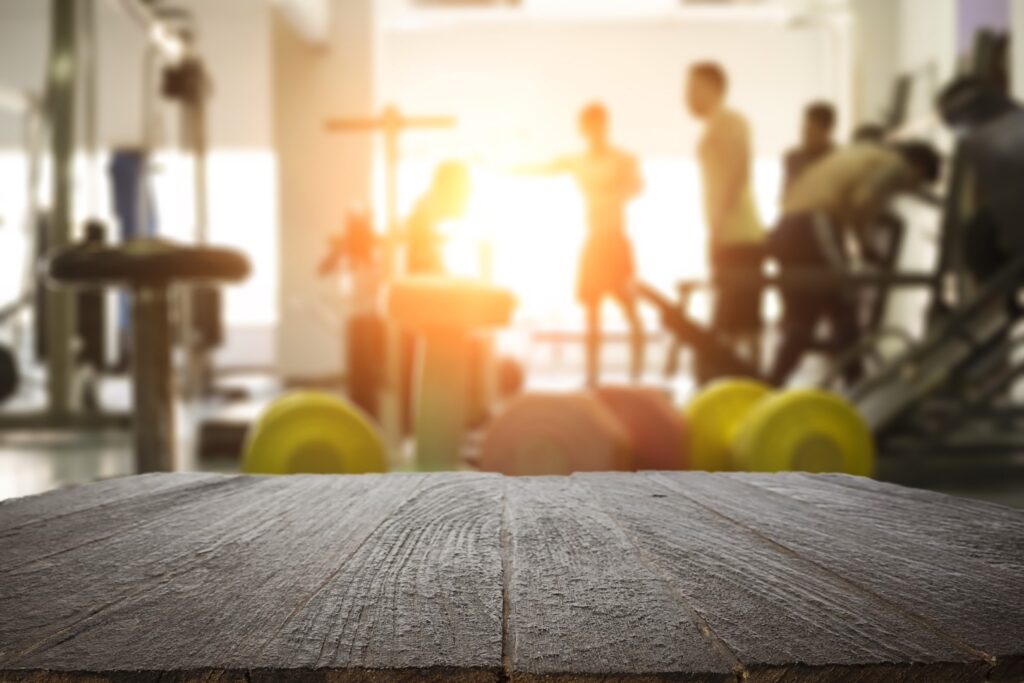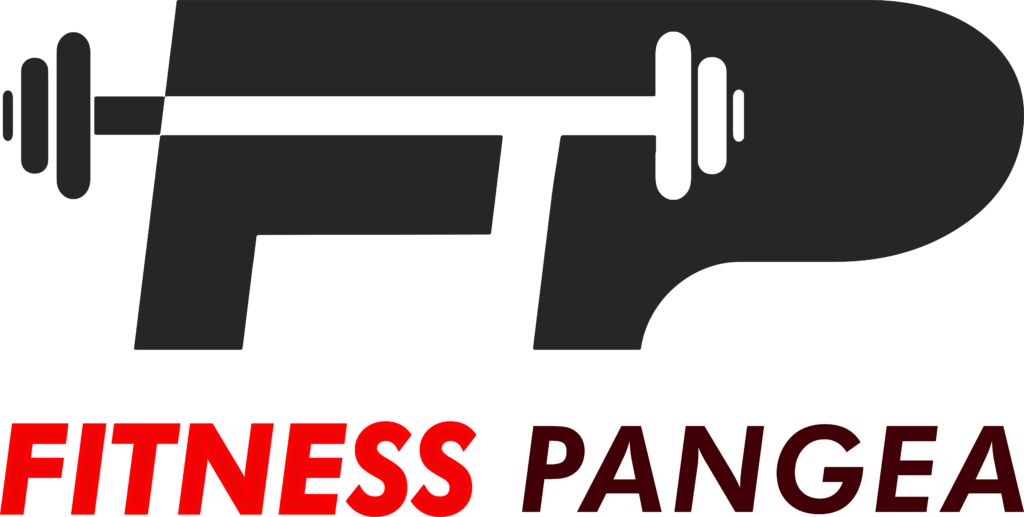Fitness isn’t just about looking good; it’s about building a strong and capable body that supports you in all aspects of life. Functional fitness is a training approach that focuses on strengthening the body for everyday activities and movements. By incorporating exercises that mimic real-life motions, functional fitness improves balance, coordination, flexibility, and overall functional strength. In this blog, we will delve into the concept of functional fitness, explore its benefits, and provide practical tips for incorporating functional exercises into your workout routine. Get ready to enhance your physical performance and make everyday tasks feel effortless.

Understanding Functional Fitness :
Functional fitness aims to improve the body’s ability to perform tasks encountered in daily life. It focuses on movements that mimic real-life activities such as squatting, lifting, pushing, pulling, and rotating. Unlike traditional weightlifting exercises that isolate specific muscles, functional exercises engage multiple muscle groups simultaneously, promoting integrated strength and stability. Examples of functional exercises include squats, lunges, deadlifts, push-ups, kettlebell swings, and medicine ball throws. By training movements rather than individual muscles, functional fitness enhances overall functionality, making everyday activities easier and reducing the risk of injuries.
Benefits of Functional Fitness :
Functional fitness offers numerous benefits that extend beyond the gym. By improving functional strength, balance, and coordination, you’ll experience enhanced performance in daily tasks such as carrying groceries, climbing stairs, or playing with children. Other benefits include increased joint stability, improved posture, and better overall body mechanics. Functional exercises also engage the core muscles, contributing to a stronger and more stable midsection. Additionally, functional fitness can help prevent injuries by strengthening weak areas and improving body mechanics during movement.
Incorporating Functional Exercises :
Integrating functional exercises into your workout routine doesn’t require specialized equipment or a dedicated space. Many functional exercises can be performed using bodyweight, resistance bands, or common gym equipment. Start by identifying the movements that are essential to your daily life and focus on exercises that target those areas. For example, if you frequently lift heavy objects, incorporate deadlifts or farmer’s carries into your routine. If balance is a concern, incorporate single-leg exercises or stability exercises such as standing on one leg.
Balancing Strength and Mobility :
Functional fitness isn’t solely about building strength; it also emphasizes mobility and flexibility. It’s essential to strike a balance between strength and range of motion. Incorporate exercises that promote joint mobility, such as yoga or dynamic stretching, into your routine. Foam rolling and regular mobility work can also help alleviate muscle tightness and improve movement patterns. Remember, functional fitness is about preparing your body for real-life movements, so it’s important to maintain both strength and mobility.

Progression and Adaptation :
As with any fitness program, progression is key. Start with exercises that match your current fitness level and gradually increase intensity, weight, or difficulty over time. Progressive overload ensures continued adaptation and improvement. Additionally, adapt functional exercises to suit your individual needs and limitations. If you have a specific injury or movement restriction, consult with a fitness professional to modify exercises or find suitable alternatives.
Conclusion Functional fitness is not just a trend; it’s a practical and effective approach to training your body for everyday activities. By incorporating functional exercises into your workout routine, you can enhance your strength, mobility, and overall functionality. Embrace movements that mimic real-life tasks, strike a balance between strength and flexibility, and progress at your own pace. With functional fitness, you’ll build a resilient body that can handle the demands of everyday life with ease and confidence. Say goodbye to limitations and hello to a stronger, more capable you.



